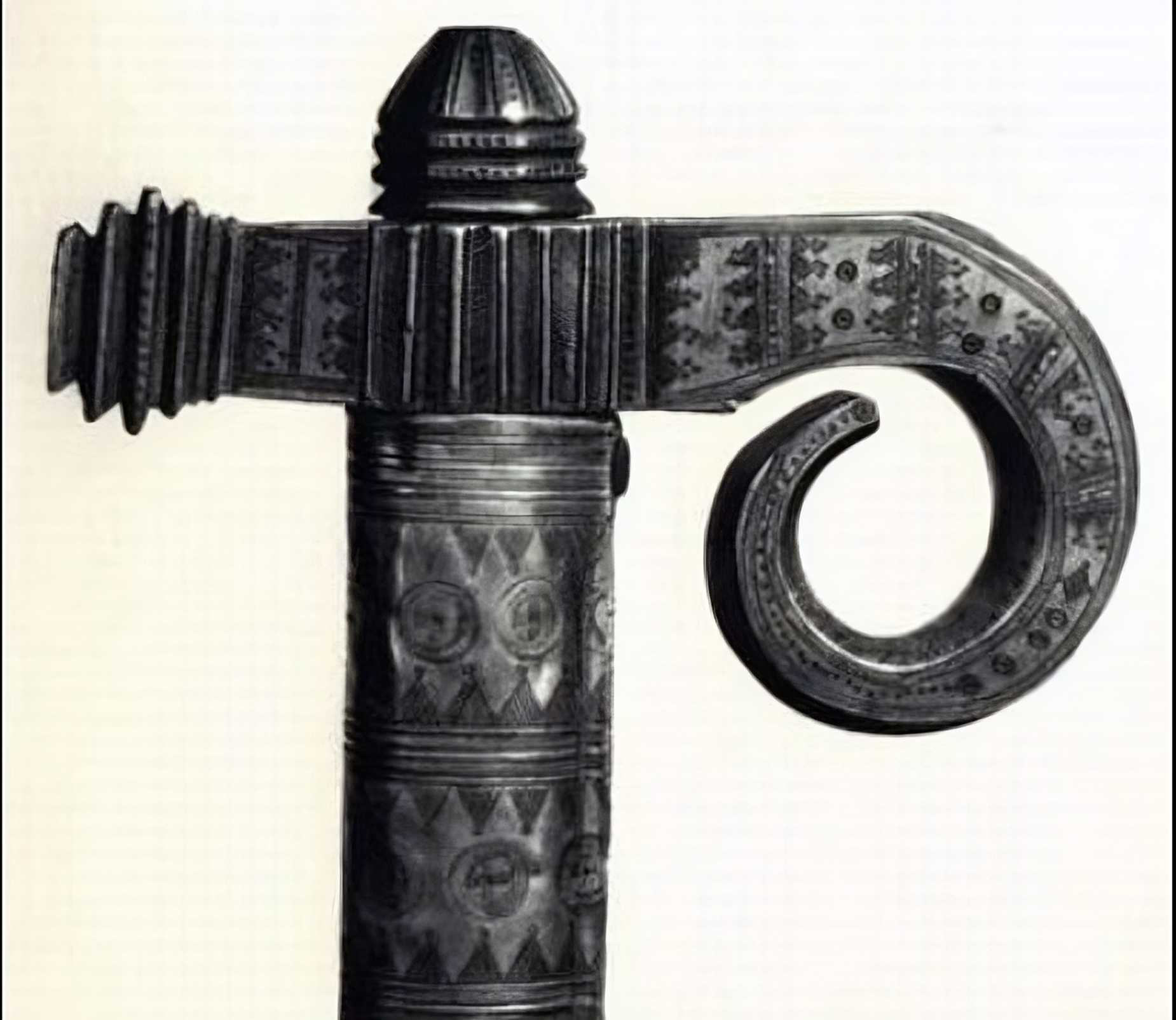Obuch: A Civilian Weapon with Less Killing Potential
The obuch might be the only edged weapon in history that is specifically designed not to kill people.

The obuch might be the only edged weapon in history that is specifically designed not to kill people.

